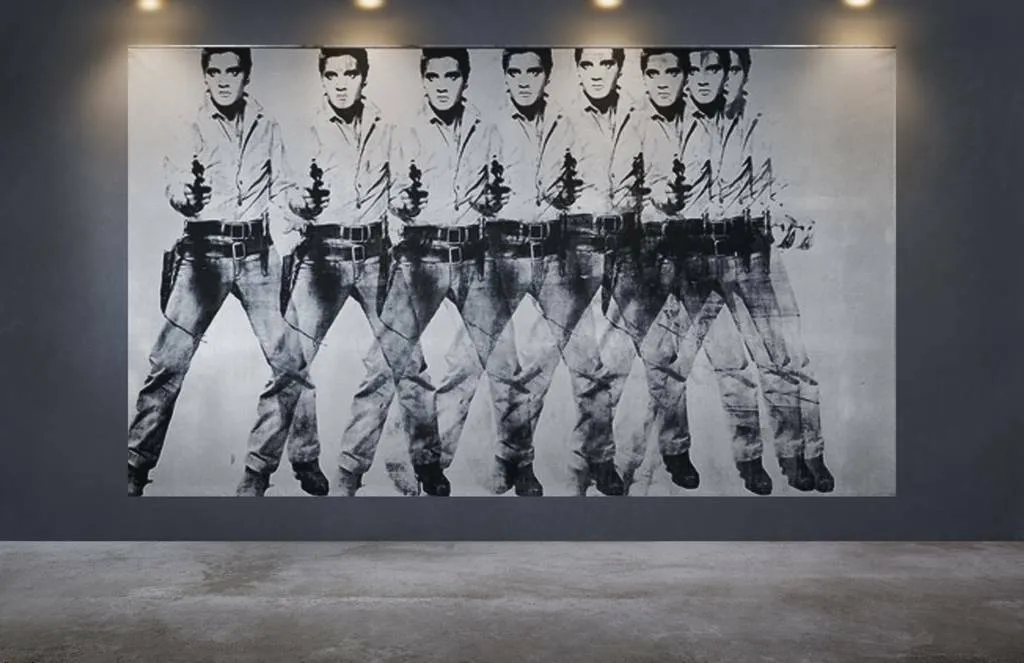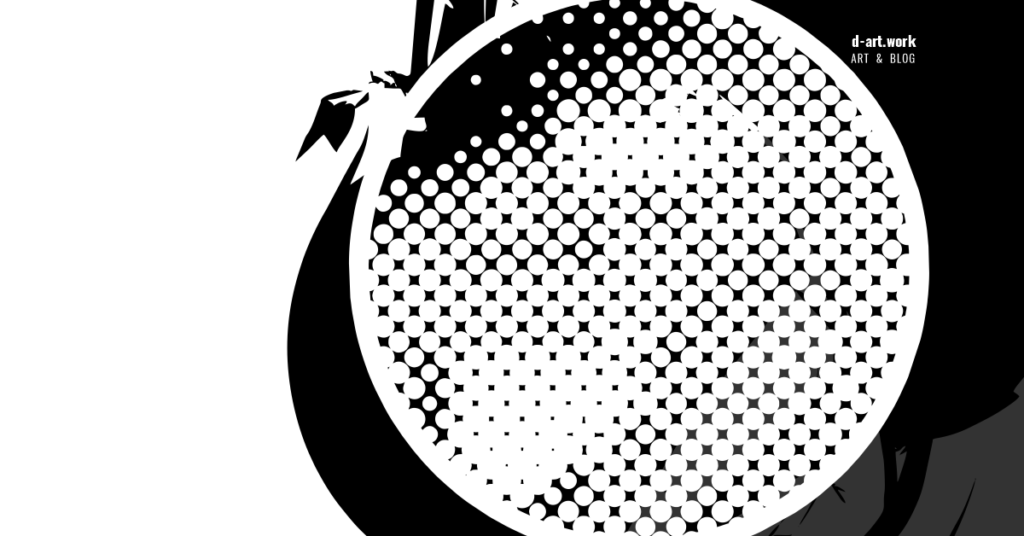This is a short article about the history of one of the simplest and oldest printing techniques in the world, the Screen Printing. Perhaps because of its simplicity it was able to evolve to complex processes without losing the option of its original mode, thus also becoming the most versatile and fascinating printing technique ever.
Historical Note
Screen printing originates from the stencil technique – the reproduction of a symbol or character by applying ink through a cutout or hollow shape and has its origins in ancient times, between 30,000 and 9,000 years before the Common Era.
|
|
From this technique was derived much later an essentially simple printing process with a long and complex history in both art and industry – the Silk Screen – which instead of a hollowed out shape uses a screen/fabric for that very purpose – the screen is kept open in the areas where the ink must pass through and is blocked or covered in the reverse areas.
Centuries later, this process would also give rise to the term Serigraphy. As a stencil technique using a screen, the origin of Silk Screen is generally credited to China during the Song Dynasty (960-1279 CE). Other Asian countries, such as Japan, would later add innovations to the process by alternating between blocked screen areas and hand-applied ink.
|
|
Despite its long history and familiarity in the East, this printing process was only introduced to the West in the 18th century and was not popular due to the difficulty in obtaining the silk (for making the screen), and only found viability in the 19th century, until Samuel Simon, creating an innovation in the process, patented his method in England in 1907, applying it to luxury decorative wall coverings; sometimes on silk, sometimes on linen, paper, and other elegant and delicate materials.
|
In early 1910, with the influence of photography, the Silk Screen began another phase, experimenting with the chemical and photosensitive processes of photographic developing to obtain the stencil, promising a significant revolution, both technical and conceptual, although it took several years for the innovations involved to be accepted. Roy Beck, Charles Peters and Edward Owen are considered the forerunners of a myriad of screen sensitization processes, in refinement to nowadays.
By the end of the 19th century, with the discovery of nylon, most of the screens used in the United States were already synthetically manufactured, so the term Print Screen became part of the way.
However, a series of patents involving silk, registered between 1899 and 1914, leads one to believe that the popularity of the traditional Silk Screen endured until a good part of the 20th century, especially in Europe.
In 1940, the American National Serigraphy Society was founded and decided, for the first time, to use the term Serigraphy to establish the difference between artistic and industrial application (Print Screen). The term came from the Latin sericum (silk) and the Greek graphien (drawing or writing). This distinction led to the development of the well-known American Pop Art movement led by the famous artist Andy Warhol, which consequently ensured the recognition of screen printing as a legitimate artistic technique, which until then suffered from the prejudice of “minor art” associated with commerce and advertising. The Pop Art movement also led to the total release of the technical secrets of the process, kept for nearly a century of research and evolution.
Screen printing continues its adaptation to technological advances throughout the 21st century, integrating itself into the digital era with DTG (Direct To Garment) and DTS (Direct To Screen) in the industrial area, while maintaining another traditional universe adapted to the skills of artists and craftsmen. This inexhaustible versatility of silkscreen printing, at times sophisticated involving the most advanced equipment, at times handcrafted dispensing with any type of machine, makes it the most complete and fascinating printing technique.

Eight Elvises
Screen printing on canvas / Dimensions 200 X 370 cm / Author – Andy Warhol, 1963
One of the most expensive screen prints in the world is by the author Andy Warhol, «Eight Elvises», acquired in private sale, in 2008, by an anonymous person. The price was $100 million, the current owner and whereabouts of the work being unknown, which has not been seen in public since 1960.
Find references and more knowledge in Learning Links
Read also About Image File Formats and Image Resolution
Eight Elvises background psd created by rawpixel.com - www.freepik.com


I am helping some friends get their shop on the map and noticed. They have a web site. One of the ways in my research to optimize a web site is to use a blog. I am not blog savvy and neither are they so need a little help as to good sites to place there blog so that they get noticed..
Well, your friends website has great DA PA rate, it seems you’ve been doing a fine job :). Here’s your comment approval, thanks for stopping by ;).
Thanks for finally talking about > History Of Screen Printing – Interesting Facts Updated
2022 < Liked it!
Yes! Thanks! I’m really a silkscreen fan, indeed :).
Hi there I am so glad I found your weblog, I really
found you by accident, while I was browsing on Bing for something else, Anyways I am here now and would just like to say thanks a lot
for a fantastic post and a all round entertaining blog (I also love the theme/design),
I don’t have time to read through it all at the minute but I have bookmarked it and
also added your RSS feeds, so when I have time I will be back to read a lot more, Please do keep up the superb work.
Wow, thank you! I’ll give a look to your work too!
Appreciating the persistence you put into your site and detailed
information you provide. It’s great to come across a blog every once in a while
that isn’t the same out of date rehashed information. Fantastic read!
I’ve bookmarked your site and I’m including your RSS feeds to my Google
account.
Thank you!!!
I like the helpful information you provide in your
articles. I will bookmark your blog and check again here regularly.
I am quite certain I’ll learn many new stuff right here!
Best of luck for the next!
Thanks!
hello there and thank you for your information –
I have definitely picked up something new from right here.
I did however expertise a few technical points using this
web site, since I experienced to reload the site many times previous
to I could get it to load properly. I had been wondering if your hosting is OK?
Not that I’m complaining, but slow loading instances times will sometimes affect your placement
in google and could damage your quality score if advertising and marketing with Adwords.
Well I am adding this RSS to my email and can look
out for a lot more of your respective interesting content.
Make sure you update this again very soon.
Thank very much for your feedback! Yes, I made several updates and performance tests today, so cache was flushed several times and the website always slows down when all cache is purged. Thanks!
Asking questions are truly good thing if you are not understanding anything totally,
but this article presents nice understanding even.
Really informative and interesting ❣️❣️❣️
You’re adorable, thank you! ☺️☺️☺️
My pleasure!